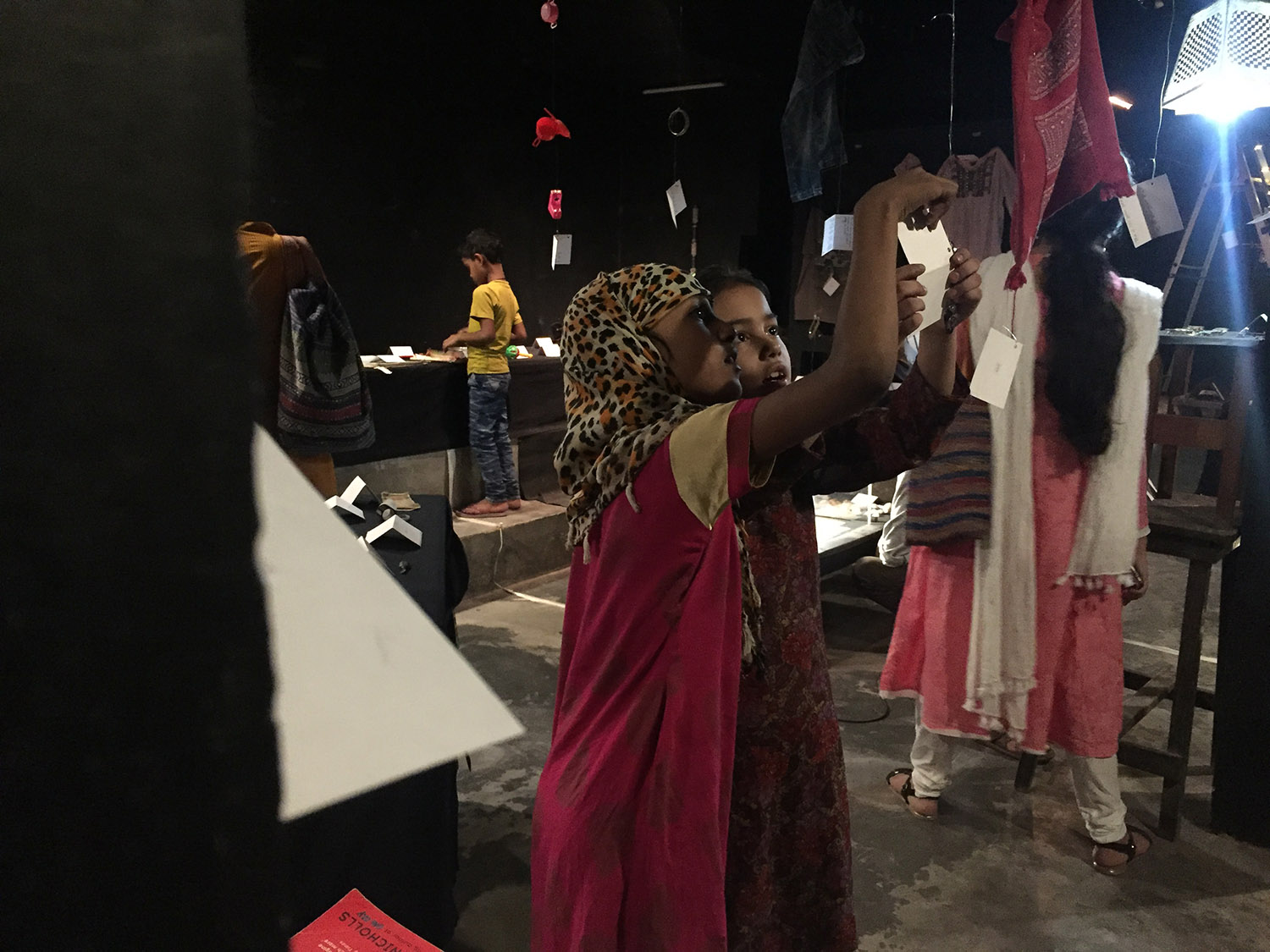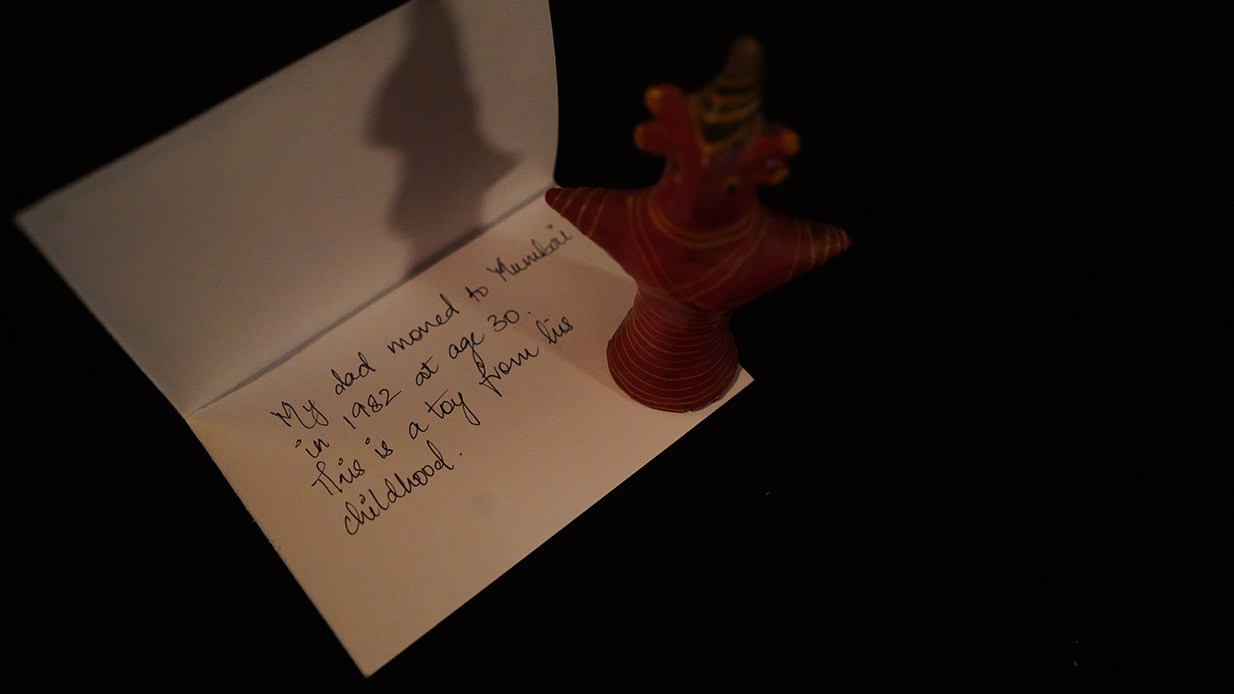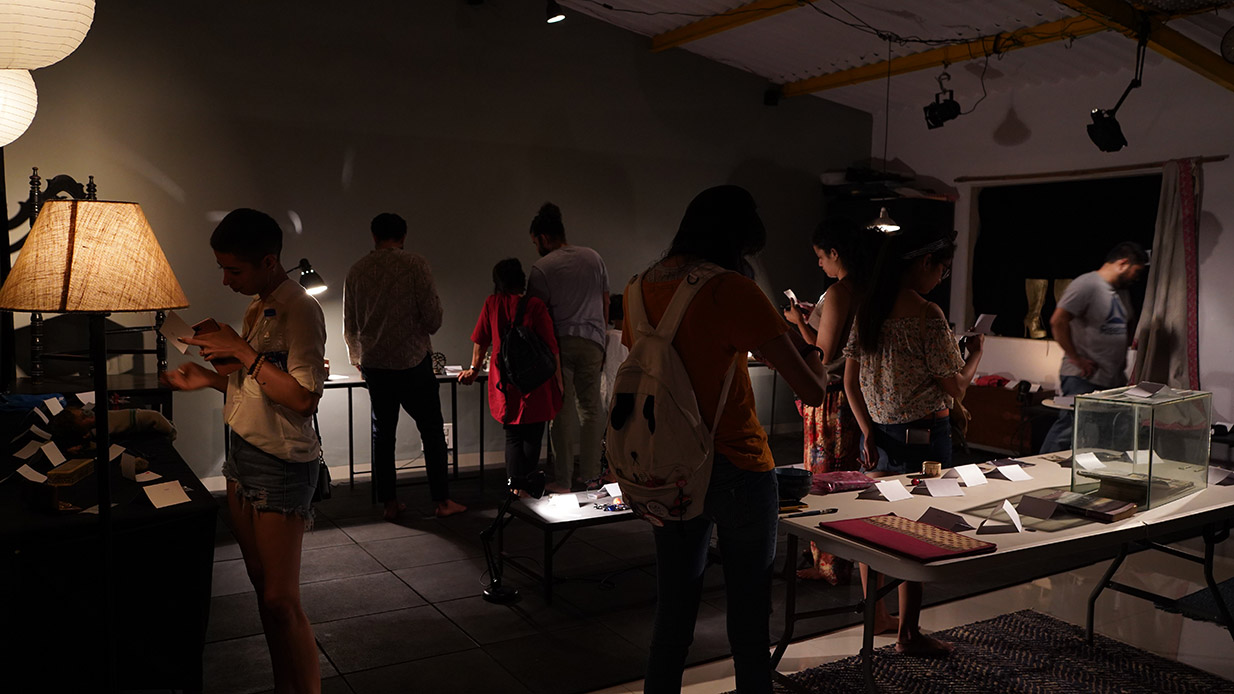The Museum of Ordinary Objects
Why do we love objects so much…as to collect, build showcases for, carry from city to city, build careers out of and curate a museum around?
In the words of Christian Carrignon, the famous French Object Theatre artist, Objects are memory boxes.
A particular object can be a portal into a memory ~ like the trunk in the museum’s logo that may take me back to a childhood in a travelling theatre company; or someone else into the family history of her grandmother’s migration.
Objects can also become symbols of associations. A broken lock, a tangled piece of rope, an empty fish-bowl might have different meanings for each of us, but they all speak of human conditions.
Hence, objects can be deeply personal & profoundly universal.
Objects also carry marks of their lives with you. A crack, a stain, an energy ~ which can never be erased. As objects change hands, a new memory gets written over the old one. This phenomenon of writing over an existing, but faded text, is called Palimpsest. The museum is curated around this incredible co-existence. If you choose to leave your object as a gift for another, you are indelibly connected to another through the shared object.
Ordinary Objects. In their quiet, unassuming, unexpected way speak of us, and our times.
This museum aims to evoke these personal & universal stories. So that we may look at objects differently; re-approach the perceptions of ordinary & special; And defy the market norms of premium & exclusive.
The Museum of Ordinary Objects is a participative temporary exhibit which has had several showings over the past few years. It is a collaboration between Choiti Ghosh (Tram Arts Trust), Karan Talwar (Harkat Studios) and Sananda Mukhopadhyay (Extension Arts).














